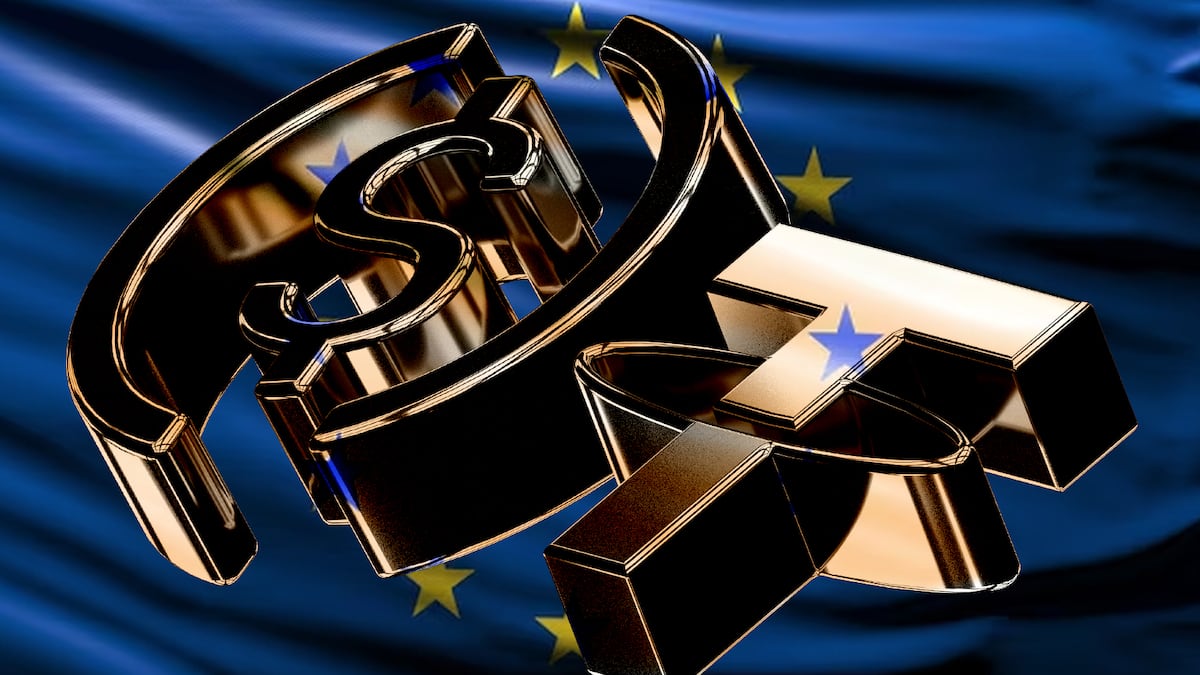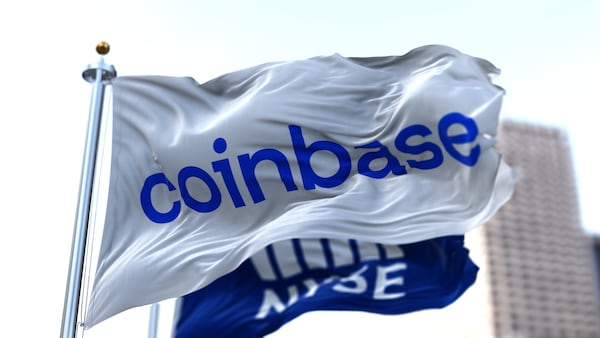- Circle elected to comply with the EU's MiCA regime.
- Tether opted to stay out.
- EU regulations are no panacea for Circle.
The European Union’s Markets in Crypto-Assets regulations are finally coming into effect, and they’re shaking up stablecoins.
Last month, crypto exchanges including Crypto.com and Kraken delisted stablecoins that don’t comply with EU rules for customers in the bloc, most prominently USDT, the $142 billion market leader issued by Tether.
One of the few issuers to gain regulatory approval in the EU is Circle, the firm behind the second-biggest stablecoin, USDC.
By making a decision to comply with MiCA rules, Circle has garnered a competitive advantage over Tether in the EU, according to Eli Cohen, general counsel at tokenised real-world assets platform Centrifuge.
“[Circle] will take [Tether’s] market share,” Cohen told DL News. “They’re really the only game in town right now.”
Strict requirements
Cricle’s approval stems from its attainment of an Electronic Money Institution license from the ACPR, the French banking regulatory authority.
MiCA sets out strict requirements for stablecoin issuers.
Large issuers like Circle must keep 60% of the reserves backing their stablecoin at credit institutions, and must undergo an independent audit every six months.
When asked why Tether hadn’t complied with MiCA, a spokesperson told DL News that the regulation could weaken the operations of large stablecoin issuers and place new risks on local banks and consumers.
“Tether commends EU regulators for their efforts in establishing a structured framework,” the spokesperson said.
As it happens, the US Senate is advancing a bill that will impose its own requirements on stablecoin issuers.
Moreover, Tether and its ilk are coming under increasing pressure to provide the market with transparent and independent audits of their reserves to show they can back their offerings.
USDC jumps
In Europe, the regulatory impact is already starting to show. Over the past month, USDC in circulation jumped 16%, compared to just 2.5% for USDT, closing the gap between the two issuers.
But even with Circle’s biggest competitor unable or unwilling to compete in the EU, it might not be plain sailing for the firm.
The shift comes amid a surge in stablecoin activity in Europe.
The volume of stablecoin transfers in Central, Northern, and Western Europe grew 2.5 times faster than in North America last year, per an October Chainalysis report.
While US firms are increasingly leveraging Bitcoin, those in the EU are taking advantage of stablecoins.
Now, those in the crypto industry worry that MiCA could harm stablecoin adoption in the bloc.
“It’s going to be very limiting for a lot of people,” Cohen said.
“The immediate impact, in the stablecoin market in particular, is obviously reduced choices,” James Brownlee, co-founder and CEO of blockchain payments platform Harbour, told DL News.
Brownlee also said MiCA has “handed a market leader position to Circle” in the EU.
‘Regulatory clarity isn’t a roadblock — it’s a catalyst.'
— Marc Boiron, Polygon
In addition to users having fewer options, MiCA is also disrupting the market in other ways.
Even in Europe, the vast majority of stablecoin transfers use US dollar-denominated stablecoins, like USDC. MiCA, however, puts caps on the issuance and transactions of non-euro denominated stablecoins.
Issuers or firms dealing with non-euro stablecoins, like crypto exchanges, are limited to one million individual transactions, or 200 million euros worth of transfers per day.
“That’s not that high,” Brownlee said.
Tether’s USDT regularly hits daily trading volumes in the tens of billions, with a substantial portion of trading previously coming from within the EU.
Polygon CEO Marc Boiron is more optimistic about the impact of MiCA.
“Regulatory clarity isn’t a roadblock — it’s a catalyst,” he told DL News. “In the long run, this will speed up adoption, giving institutions the confidence to integrate regulated stablecoins into real-world use cases.”
There may be some wiggle room, however.
Brownlee said he expects there will eventually be an increase in transfer limits, but subject to more stringent or regular supervision, more financial reporting, or more oversight by the European Central Bank.
Circle’s challenges
Circle’s willingness to conform with MiCA has given it an edge over Tether. But compliance comes with its own set of challenges.
The biggest problem is that USDC straddles both the market in and outside of the EU.
“They’ve essentially got two different versions of USDC. But the market treats them as fungible.” Cohen said.
Two versions
Cohen questioned how the issuer will manage the regulatory requirements under MiCA with those in other jurisdictions.
“Circle is going to have a harder time managing it than they think,” he said. “Eventually they’ll have to create two versions — USDC Europe and a USDC non-Europe.”
For its part, Circle has already launched a euro-denominated stablecoin called EURC.
EURC won’t be impacted by issuance or transfer caps, and makes more sense for European consumers who want the benefits of onchain transactions but don’t want the foreign exchange risk of holding dollars, Brownlee said.
With $103 million worth of EURC in circulation, Circle’s offering is almost four times more valuable than Tether’s euro stablecoin, EURT.
But euro stablecoins are little more than a rounding error compared to their US dollar denominated counterparts. They are integrated into all major centralised exchanges, and decentralised exchanges and apps.
Euro stablecoins “don’t have the same network effect, so that’s why they’re just not as useful today,” Brownlee said.
Still, Brownlee said he expects the situation to change as more European firms start to integrate blockchains and stablecoins into payment systems.
With MiCA potentially hampering innovation, it’s unclear when — or even if — that will happen.
Tim Craig is DL News’ Edinburgh-based DeFi Correspondent. Reach out with tips at tim@dlnews.com.









